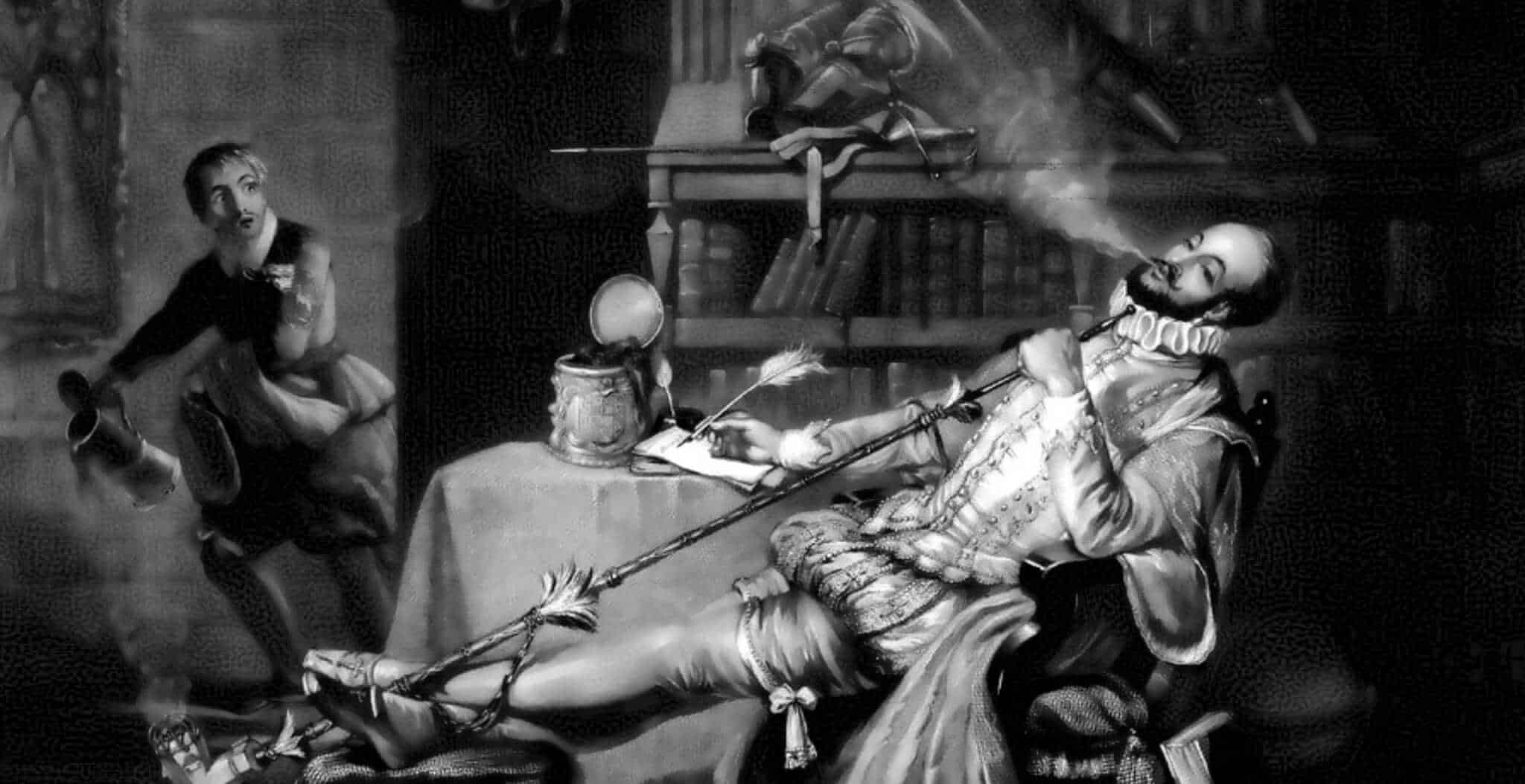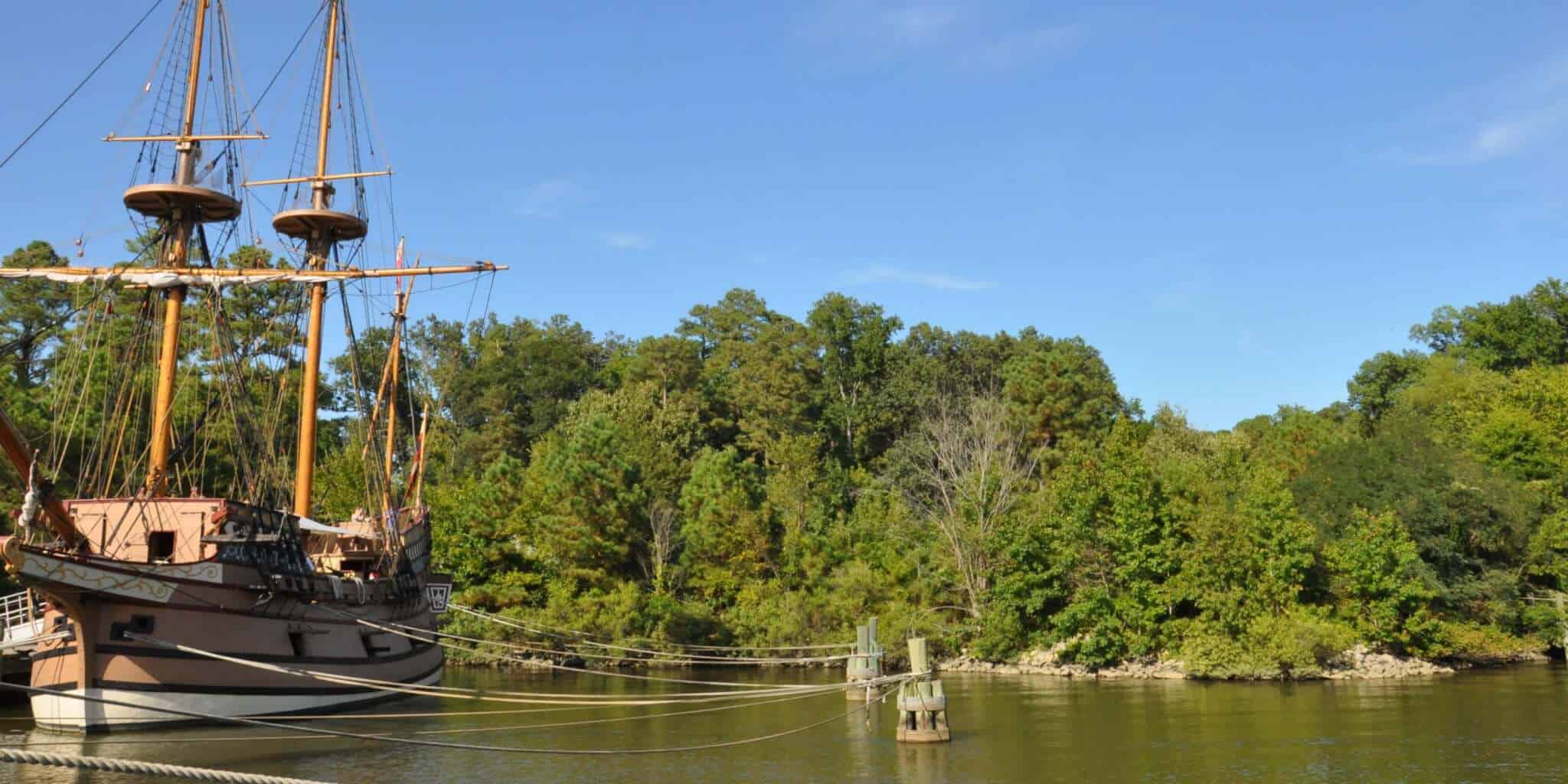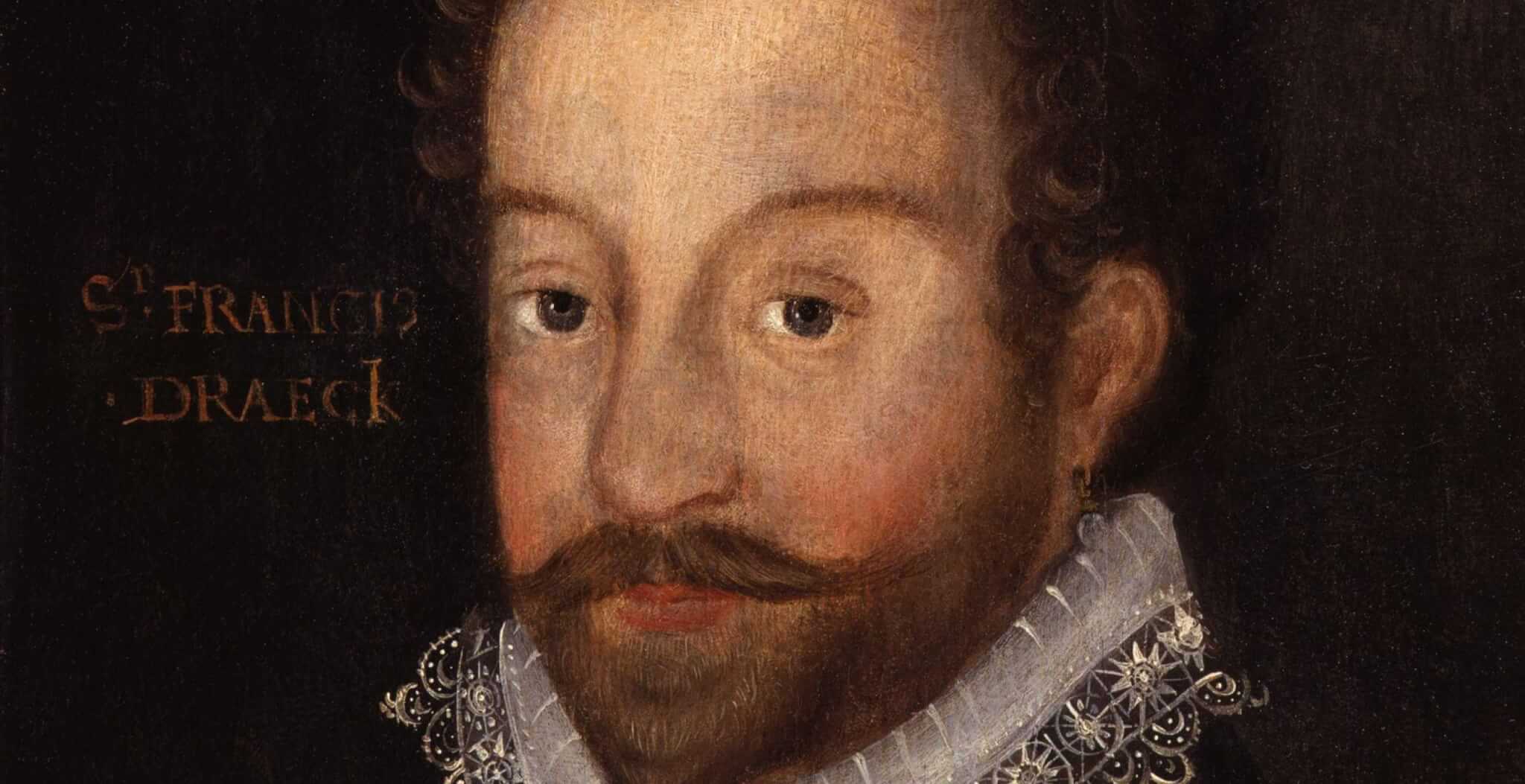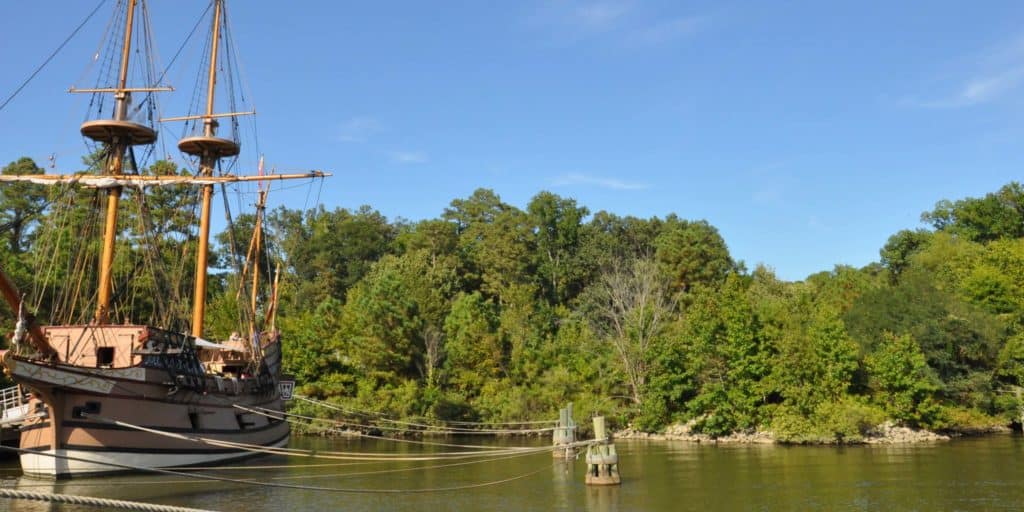The most common date given for the arrival of tobacco in England is 27th July 1586, when it is said Sir Walter Raleigh brought it to England from Virginia.
Indeed, one legend tells of how Sir Walter’s servant, seeing him smoking a pipe for the first time, threw water over him, fearing him to be on fire.
However it is much more likely that tobacco had been around in England long before this date. Tobacco had been smoked by Spanish and Portuguese sailors for many years and it is likely that the habit of pipe smoking had been adopted by British sailors before 1586. Sir John Hawkins and his crew could have brought it to these shores as early as 1565.
However when Raleigh arrived back in England in 1586, he brought with him colonists from the settlement on the Roanoke Island and these colonists brought with them tobacco, maize and potatoes.
Rather bizarrely, tobacco was seen as good for your health whereas potatoes were viewed with great suspicion! The use of tobacco by this time was well known on the Continent. The Spaniard Nicolas Monardes had written a report into tobacco, translated into English by John Frampton in 1577 and called ‘Of the Tabaco and of His Greate Vertues’, which recommended its use for the relief of toothache, falling fingernails, worms, halitosis, lockjaw and even cancer.
In 1586, the sight of the colonists puffing away on their pipes started a craze at Court. It is said that in 1600 Sir Walter Raleigh tempted Queen Elizabeth I to try smoking. This was copied by the population as a whole and by the early 1660s the habit was commonplace and starting to cause concern.
In 1604, King James I wrote ‘A Counterblaste to Tobacco’, in which he described smoking as a ‘custome lothesome to the eye, hateful to the nose, harmful to the brain, dangerous to the lungs, and in the black and stinking fume thereof, nearest resembling the horrible stygian smoke of the pit that is bottomless’.
James imposed an import tax on tobacco, which in 1604 was 6 shillings 10 pence to the pound. The Catholic Church even tried to discourage the use of tobacco by declaring its use to be sinful and banning it from holy places.
Despite these warnings, the use of tobacco continued to grow. In 1610 Sir Francis Bacon noted the rise in tobacco use and that it was a difficult habit to quit.
At Jamestown in Virginia in 1609, colonist John Rolfe became the first settler to successfully grow tobacco (‘brown gold’) on a commercial scale. In 1614 the first shipment of tobacco was sent to England from Jamestown.
In 1638 around 3,000,000 pounds of Virginian tobacco was sent to England for sale and by the 1680’s Jamestown was producing over 25,000,000 pounds of tobacco per year for export to Europe.
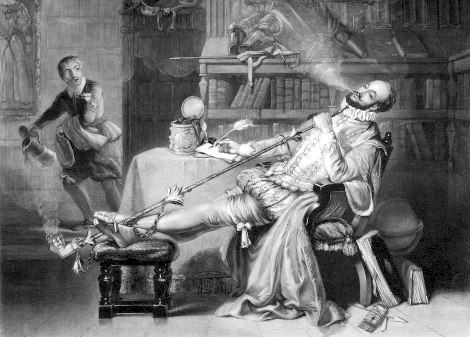
With the Restoration of Charles II in 1660 came a new way of using tobacco from Paris where the king had been living in exile. Snuff became the aristocracy’s favourite way of enjoying tobacco.
The Great Plague of 1665 saw tobacco smoke widely advocated as a defence against ‘bad air’. Indeed at the height of the plague, smoking a pipe at breakfast was actually made compulsory for the schoolboys at Eton College in London.
Tobacco imports from Virginia and the Carolinas continued throughout the 17th and 18th centuries as the demand for tobacco increased, and the practice of smoking became widely accepted in Britain.
